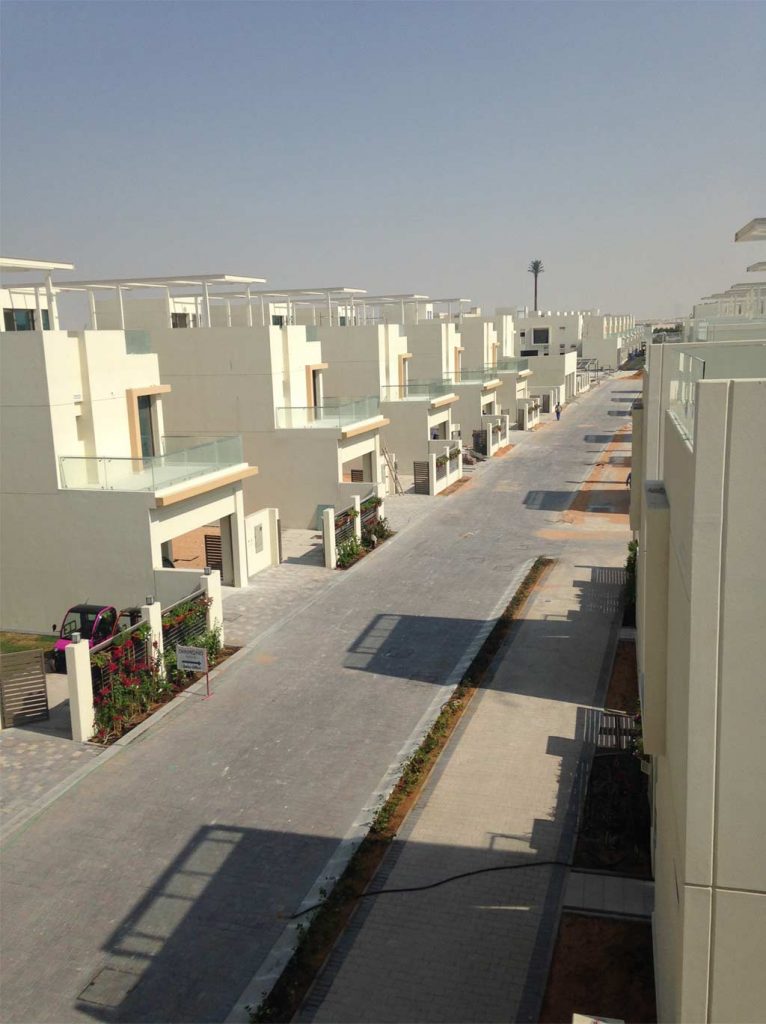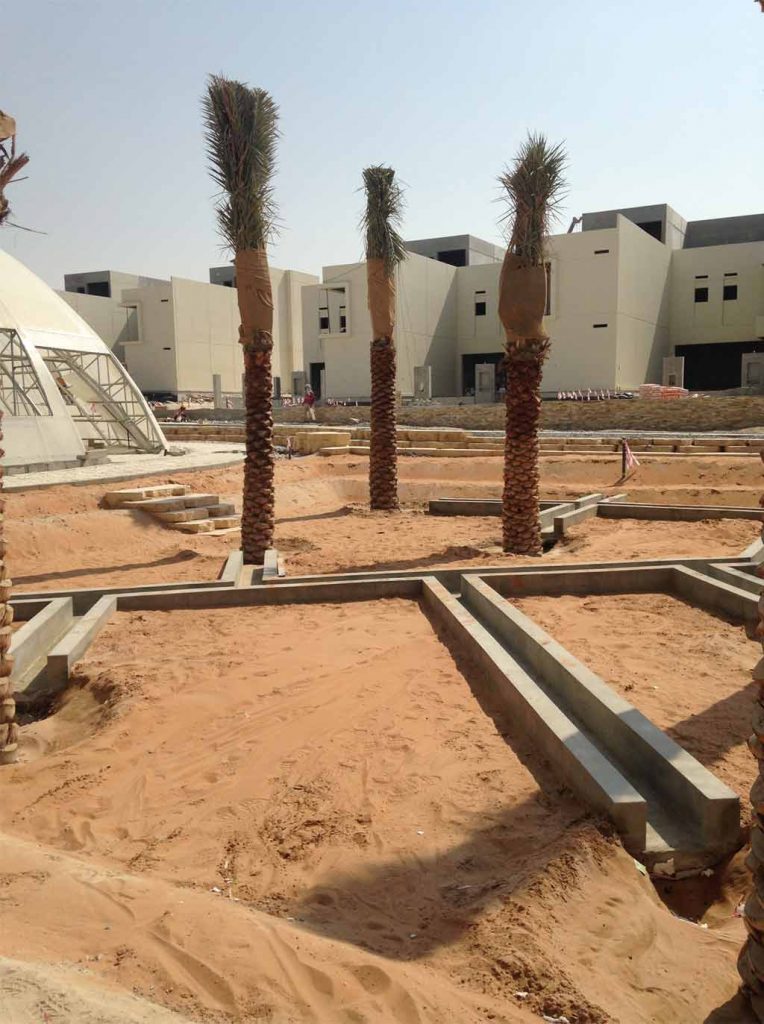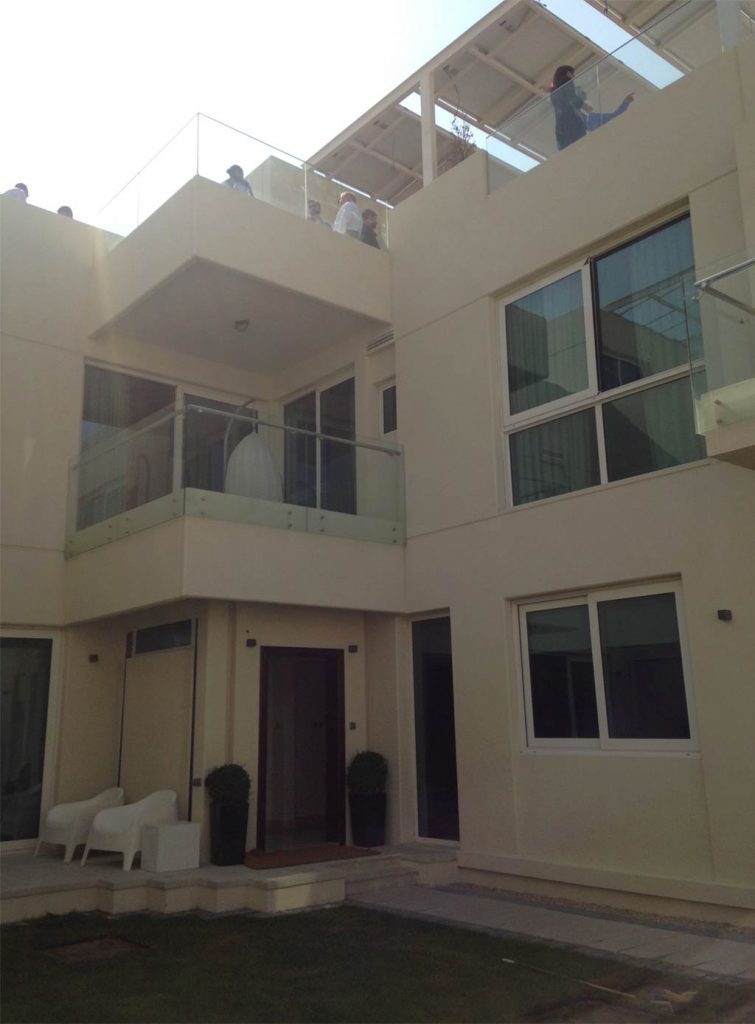The Emirates Green Building Council has, since its inception in 2006, been an active facilitator of knowledge sharing for sustainability and green building enthusiasts. Its mission is to promote collaboration and become a hub for excellence to promote sustainability of the built environment in the UAE. They conduct workshop, talks, networking events etc. to set benchmarks and encourage stakeholders to adopt greener solutions. Furthermore, they have developed technical guidelines for retrofitting existing buildings and similar publications.
The fourth annual EGBC Annual Congress was held on 20th-21st October 2015. The theme for the event was ‘How do Green Buildings Scale up? Bridging the Gap between Green buildings and Sustainable Cities’.
It was a two-day carbon neutral event, which brought together government and industry, thereby stimulating interactive discussions and creating a space for learning, networking and capacity building. Over the two days of the EGBC Congress, international and regional experts delivered keynote speeches, presented case studies and took part in panel discussions covering Climate, Economy, Innovation and Policy within the green building sector.
On the second day of the Congress, EGBC organized a discussion and site visit of the Sustainable City, Dubai.
The topic for discussion was ‘Nearly Zero Energy Buildings (nZEB)’. The Energy Performance of Buildings Directive (EPBD) by The European Union was discussed as a policy precedent for similar mandates to be drafted here in UAE.
The EPBD states that buildings account for 40 % of total energy consumption in the Union. Article 9 of the Directive requires member states ensure that:
- by 31 December 2020, all new buildings are nearly zero-energy buildings (nZEB).
- After 31 December 2018, new buildings occupied and owned by public authorities are nearly zero-energy buildings.
Several examples of nZEB were discussed. The energy strategy involves aiming to use less energy first, followed by using energy efficiently and lastly relying on renewable and low carbon energy. Current regulations were compared against best practices for factors such as energy use intensity and building fabric to arrive at a possible nZEB target for the UAE.
The Sustainable City is a regional best practice example that was discussed. ‘The Sustainable City (TSC) is a practical implementation of social, economic and environmental (SEE) sustainability. The City embodies the true meaning of sustainable living through stakeholder engagement, innovative design and future monitoring to sustain itself.’ This description would excite anyone but we have to remember its an attempt at creating a nearly ideal township which remains feasible for the current market.
The Sustainable city, Dubai is a 46 hectares site, located near Emirates road, next to Arabian Ranches. It is a project by Diamond Developers, a company established in 2003. The site consists of 500 residential villas, green belt, equestrian and cycling trails, organic farm and biodomes, community centre, eco-resort, community club, equestrian centre, green school, planetarium, sustainability excellence centre, mosques and solar covered parking. The city is set to be completed in 2016.
The residential units are designed in a way to reduce heat gain and therefore reduce energy consumption. For example, there are no windows on the east or west façade and if present, have higher window specifications. The Bastakiya, with narrow sikkas and inward looking layouts, inspires it. Villas have separate piping for grey ad black water. Grey water is directed to the farms and water bodies whereas black water is treated and then used for inedible landscape. The maximum walking distance is 90m from parking to the farthest villa. Villages in the past have been known to consist of about 500 people because that’s the number of people one can know and interact with as a community. Therefore, each cluster has a density of about 500 people. There are 11 bio-domes (300 sq.m each) which provide produce for the residents on a weekly basis.
There are many aspects that can be improved ofcourse, such as solar panels on each villa tend to collect sand and have to be cleaned frequently. The possibility of providing a centralized solar energy plant was discussed which would make production more efficient. When building 500 villas, one has to select a system that is reasonable. Reducing energy gain is possible but the cost will skyrocket.
The Sustainable City, Dubai, is a tremendous attempt at making efficient construction a norm in the city. For now, it serves as a best practice to learn from.
We’d love to hear from you. What did you think of the opinions expressed above?
Recommended: Here’s Why You Have To See The Bee’ah Wall At AUS














